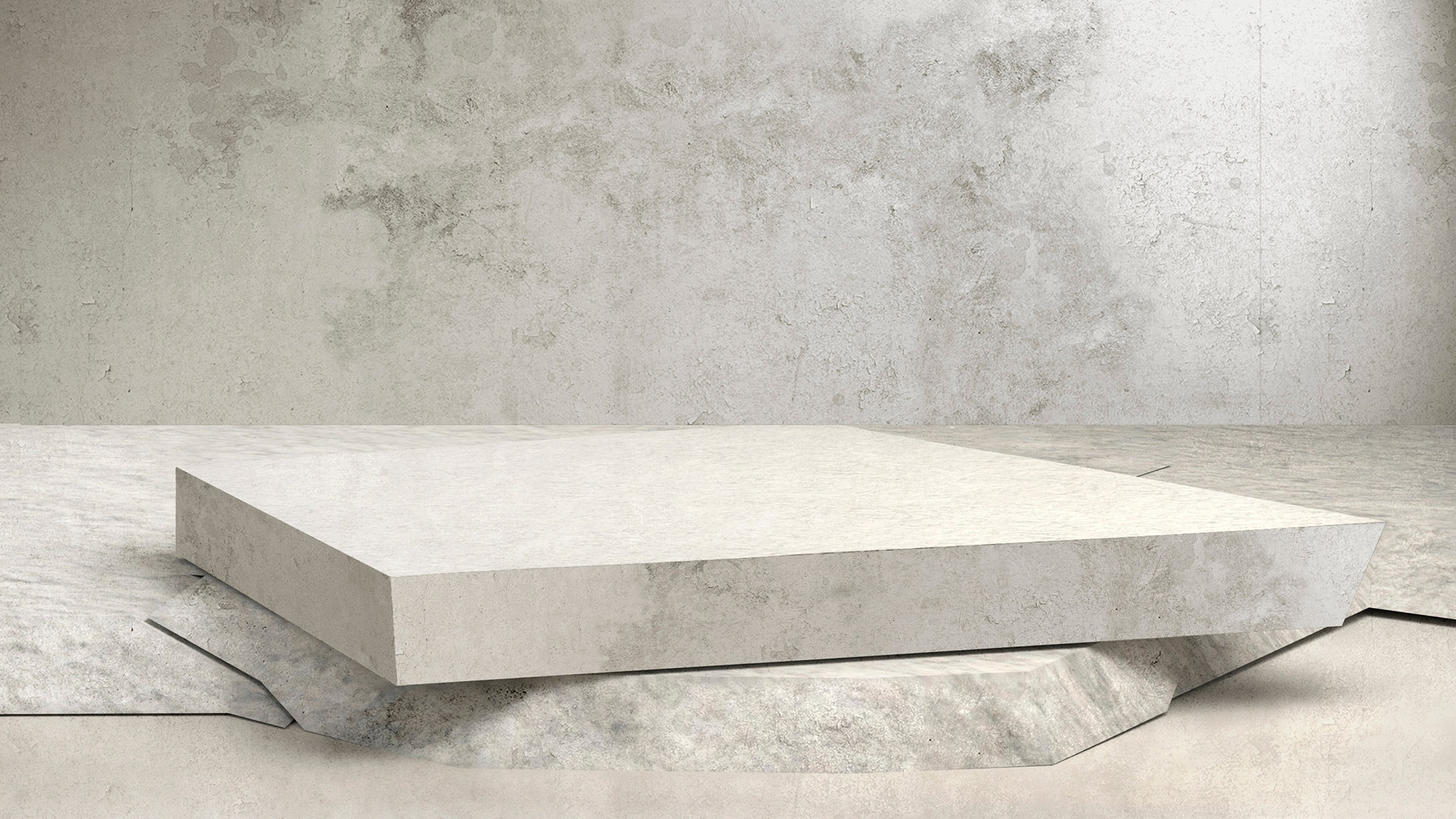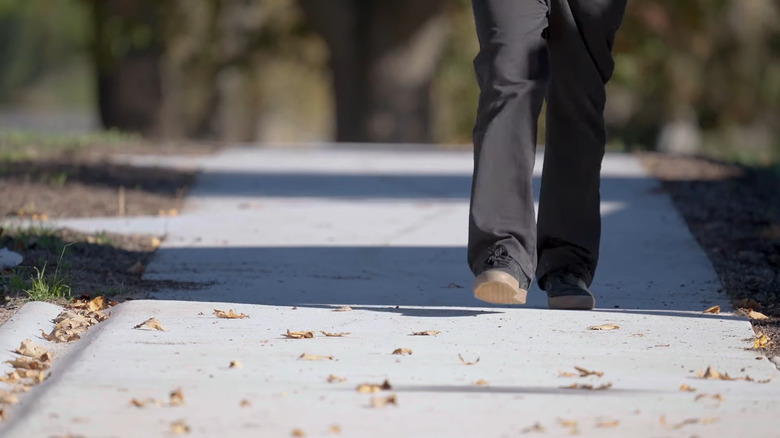Engineers Invented Bendable Concrete That's Self-Healing And Self-Heating
Concrete is a cornerstone of modern construction, but its inherent flaws pose significant challenges for construction companies—and environmentalists alike. Now, though, engineers have developed a new type of concrete that can bend under pressure, heat itself, and even repair its own cracks. This bendable concrete could drastically improve durability and reduce maintenance costs.
Traditional concrete is rigid and brittle. Over time, mechanical stress and temperature changes lead to cracks that require expensive repairs and can jeopardize structural safety. This alternative concrete counters these limitations with flexibility.
By incorporating specialized materials, the bendable concrete can flex under strain, significantly reducing the likelihood of cracking. Its flexibility adds resilience, making it ideal for roads, bridges, and other high-stress applications. This along with the creation of crack-resistant concrete options could completely revolutionize the construction industry.

Another key feature of this new concrete is its ability to generate heat. This capability has practical implications, particularly for roadways in snowy climates. By heating itself, the concrete can melt snow and ice, reducing the need for environmentally harmful de-icing salts.
This not only enhances road safety but also minimizes long-term environmental damage caused by salt runoff into nearby ecosystems. The bendable concrete can also heal itself. We've seen other self-healing concrete, but never one that combines so many other attributes in one place.
When micro-cracks occur, the concrete's material reacts with water and carbon dioxide to form compounds that fill the cracks. This restores the concrete's integrity and extends the lifespan of structures. That also reduces the frequency of repairs and lowers overall maintenance costs. This self-healing property is achieved through carefully selected additives that don't affect the concrete's durability.
The researchers behind the bendable concrete have conducted extensive testing to verify the material's performance. Their results demonstrate that the material can withstand real-world conditions while offering superior functionality compared to traditional alternatives. The combination of flexibility, heating, and self-healing could make it a sustainable and cost-effective option for modern infrastructure projects.
